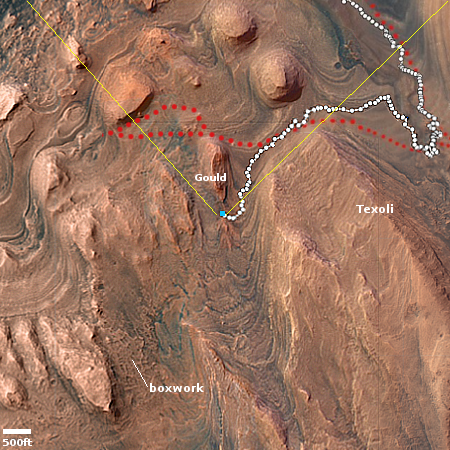SpaceX launches more Starlink satellites
Continuing its relentless launch pace, SpaceX this evening successfully launched another 27 Starlink satellites, its Falcon 9 rocket lifting off from Cape Canaveral in Florida.
The first stage completed its 27th flight, landing on a drone ship in the Atlantic. This is a new record for flights by a Falcon 9 booster, exceeding the space shuttle Endeavour’s record of 25 by two, and trailing the space shuttle Columbia by only one. The record for most reflights by a spacecraft is presently 39 by the space shuttle Discovery, followed by the shuttle Atlantis at 33. Expect several Falcon 9 boosters to exceed these numbers in the next two years.
The leaders in the 2025 launch race:
43 SpaceX
19 China
5 Rocket Lab
5 Russia
SpaceX now leads the rest of the world in successful launches, 43 to 33.
Continuing its relentless launch pace, SpaceX this evening successfully launched another 27 Starlink satellites, its Falcon 9 rocket lifting off from Cape Canaveral in Florida.
The first stage completed its 27th flight, landing on a drone ship in the Atlantic. This is a new record for flights by a Falcon 9 booster, exceeding the space shuttle Endeavour’s record of 25 by two, and trailing the space shuttle Columbia by only one. The record for most reflights by a spacecraft is presently 39 by the space shuttle Discovery, followed by the shuttle Atlantis at 33. Expect several Falcon 9 boosters to exceed these numbers in the next two years.
The leaders in the 2025 launch race:
43 SpaceX
19 China
5 Rocket Lab
5 Russia
SpaceX now leads the rest of the world in successful launches, 43 to 33.






